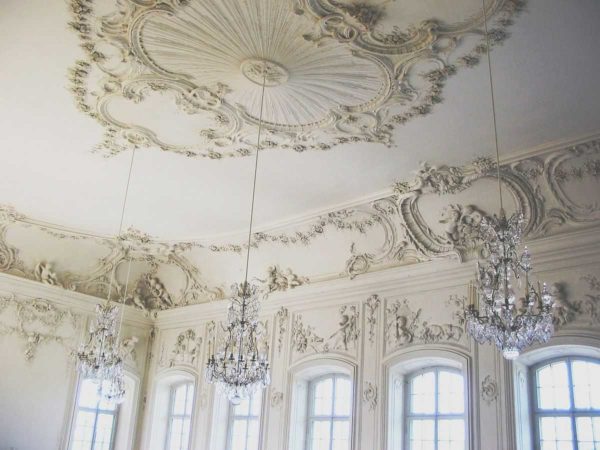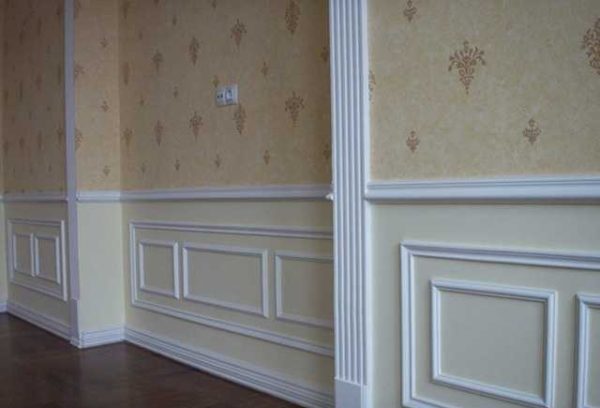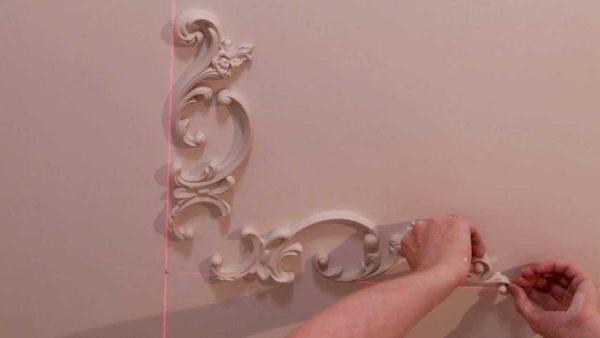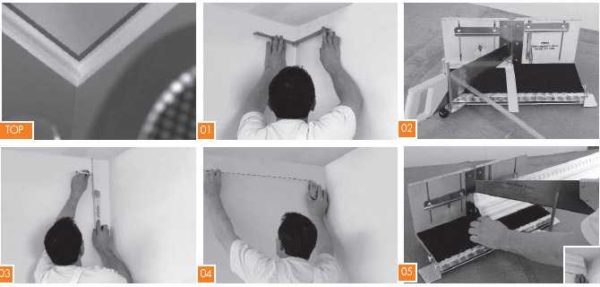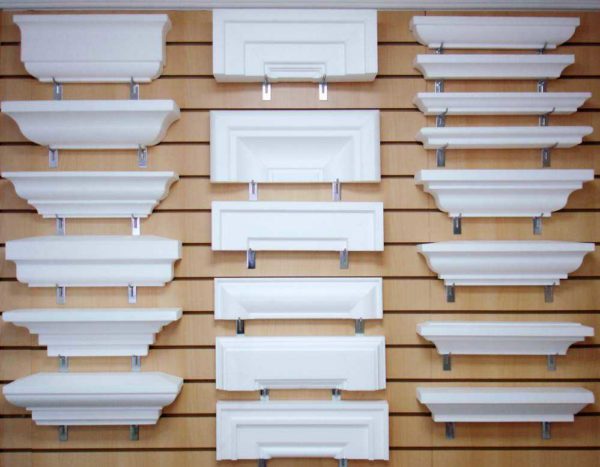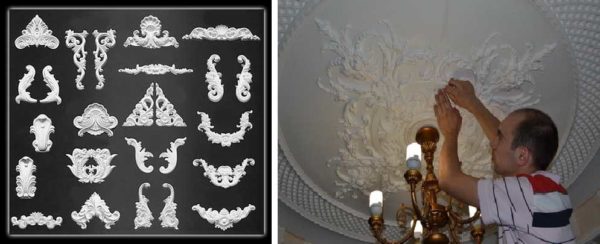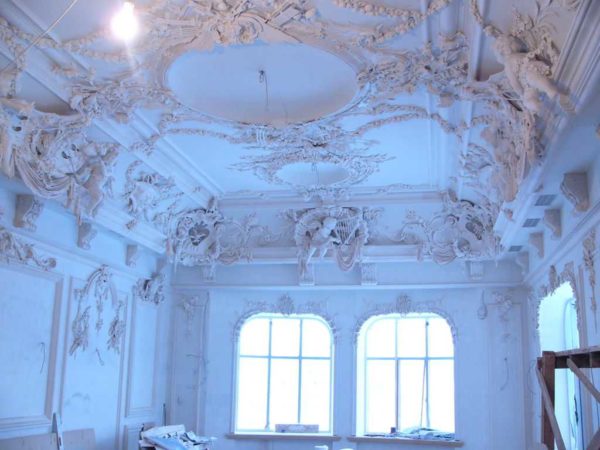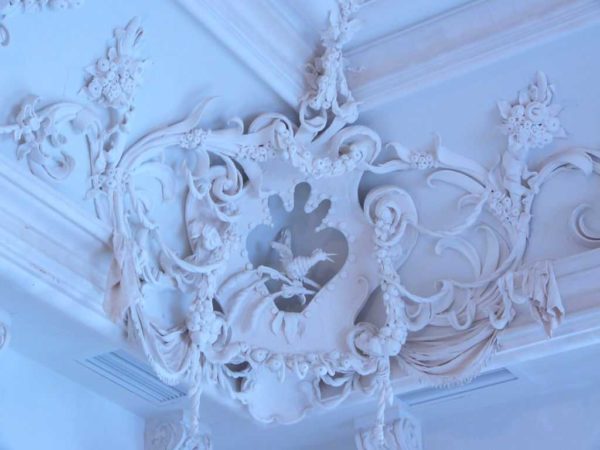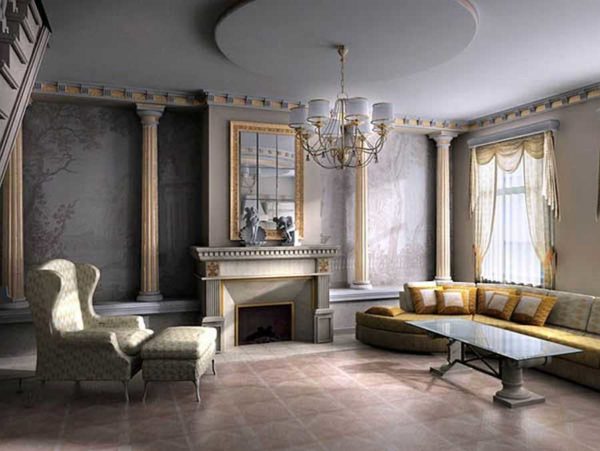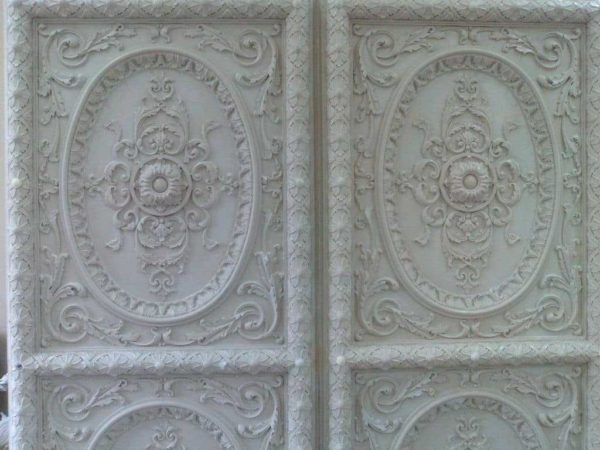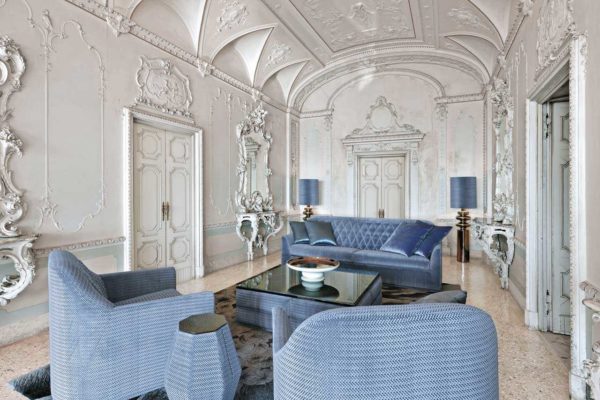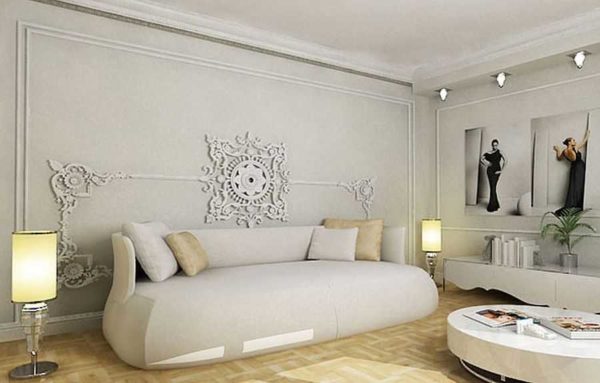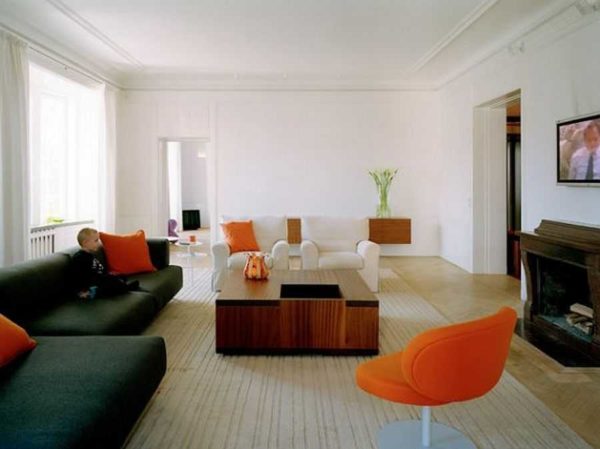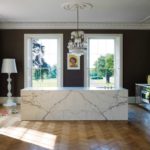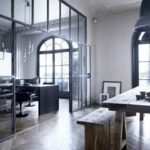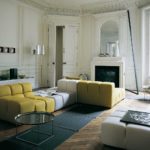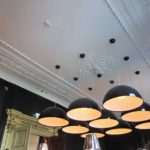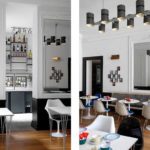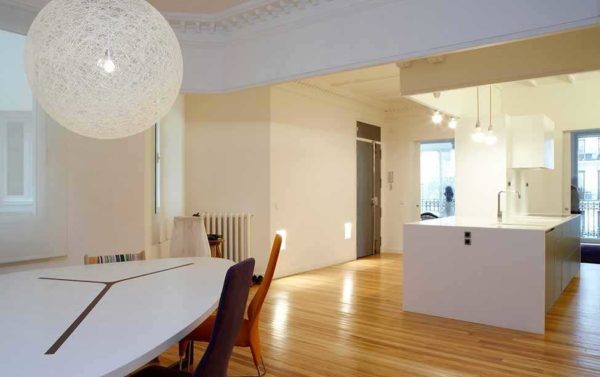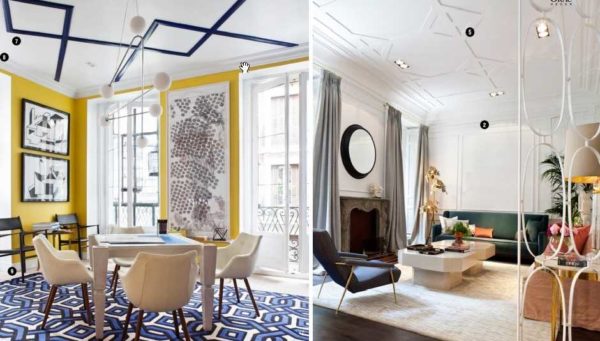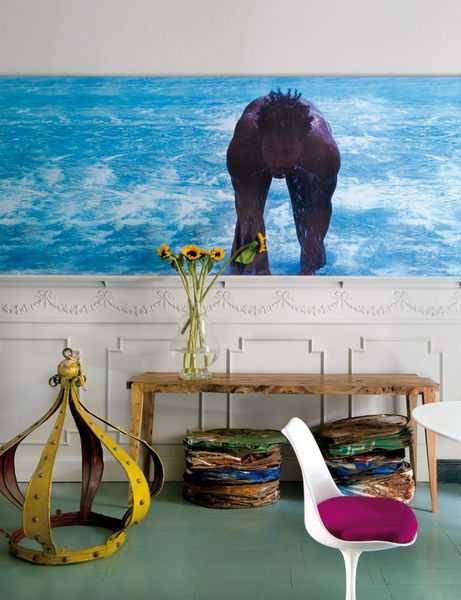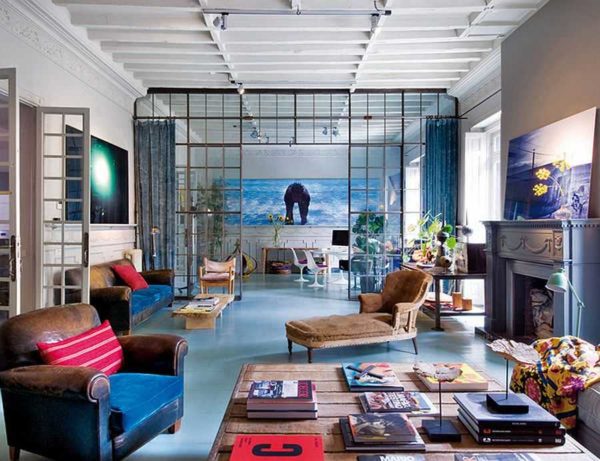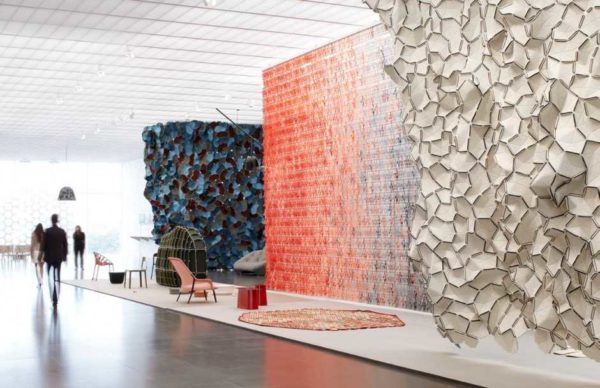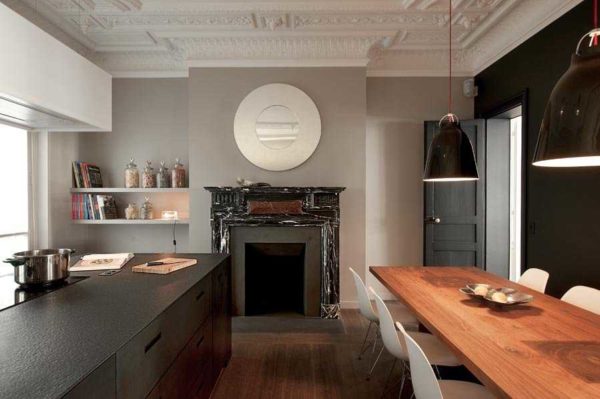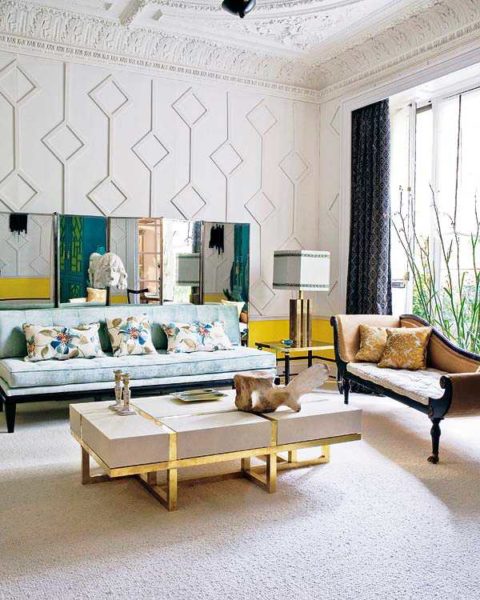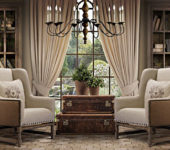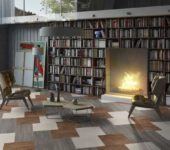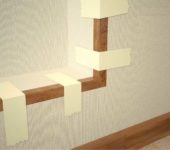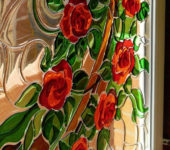Decorative moldings on walls and ceilings
Everyone wants to make their home unique, and one of the ways is stucco decorations. Once upon a time, all the elements were made by hand, it cost incredible money and was not available to everyone. Modern technologies make it possible to produce not too complex elements in bulk, which has reduced their price. And the stucco molding in the interior looks just as amazing, even in modern interiors, in kitchens and in relatively small rooms.
The content of the article
Types of moldings and materials
Stucco decorations are distinguished by their field of application: for decorating buildings and interiors. They are made from different materials. Gypsum, expanded polystyrene and polyurethane are used mainly indoors. This is due to the characteristics of the materials: gypsum is afraid of moisture, polyurethane and expanded polystyrene - direct sunlight. For the decoration of buildings, special stucco moldings are used made of polymer (glass fiber concrete), sand concrete, chamotte. But the price of these jewelry and the cost of installation is high.
Should you use expanded polystyrene?
Interior decorations made of expanded polystyrene (polystyrene) are the most affordable on the market. They are very lightweight and flexible, they can be mounted very simply - with glue. Due to their flexibility, they can be installed on uneven walls. And everything seems to be good, but, due to the peculiarity of the material, the surface is slightly grainy, not too dense. Polystyrene stucco molding is generally incomparable with plaster decor - the difference is too visible. But inexpensive.
Using moldings, cornices or other products made of expanded polystyrene, after installation it is better to paint them, otherwise after a while the products will turn yellow. They paint the stucco with water-based paint, but you can also use any other composition that is compatible with the base.
Styrofoam stucco is only worth using if your budget is very tight, or if you will be renovating again soon. In other cases, it is better to choose between polyurethane and plaster.
Plaster or polyurethane?
In the interior, either polyurethane or gypsum stucco molding is usually used. But what should you choose? What to give preference to? To answer the question, you need to know the advantages and disadvantages of stucco molding from both types of materials.
Gypsum stucco molding is more diverse, always has a clear pattern, is made of natural material, does not age, does not change performance (if it does not get wet). But it is heavier, more fragile, due to which it is more difficult to install. The disadvantages include the higher cost. Although, if you take high-quality polyurethane stucco molding, it costs almost the same. But there is still a difference - due to the cost of installation (for gypsum it is higher, since it is more difficult to install it).

Until you touch, you will not understand whether high quality polyurethane foam in front of you or gypsum
Polyurethane stucco molding is lightweight, does not break or crumble, is not afraid of dampness, and is easier to install. But it has its own, and a serious, drawback: very often cracks appear at the joints over time. Most of all "cracks" if the interior stucco molding was mounted on concrete, brick, wooden walls, on cellular concrete. Cracks are rarely seen when the decor is glued to plasterboard walls. This is due to the different reactions of materials to changes in temperature and moisture. In drywall and polyurethane, they are close, so the joints "do not tear".Other materials have this problem. It is also worth saying that the number of cracks depends on the qualifications of the installers: for some, one crack appears per room or for several rooms, while others have several of them in each room.
Manufacturers of polyurethane stucco moldings advise using special glue for joints, make the connection not in a straight line, but at an angle of 45 °, do not spare expensive glue during installation and apply it to the glued joints with excess. The glue that has come out is wiped off, or cut off after drying. These are additional, moreover, laborious operations (especially trimming dried glue, as well as adjusting the pattern when joining at an angle), so not all crews use them. Much more often, polyurethane stucco molding is glued end-to-end, and glue is applied with a very thin layer, and if it is not enough, the voids are sealed with putty. The strength of such a connection is low, and therefore cracks appear. And in large numbers.
Installation methods
Stucco molding in any type of interior is attached to an adhesive, just this composition is different for different materials. The surface to which the stucco elements are glued must be pre-leveled, cleaned of dust, dirt, and dried. Decor elements must be brought into the room, kept for at least a day, but it is better - two. During this time, the temperature and humidity of the decor and base will equalize.
The adhesive is applied both to the stucco element and is evenly distributed on the surface to which it is glued. Then you need to wait 10-20 minutes, then attach the decor element in place, align, press well and hold for a while - until the glue sets. If heavy or bulky elements are being mounted, they can be fixed with several self-tapping screws. Then the fasteners can be removed (or left), the holes can be repaired with putty, and after drying, they can be sanded.
When strengthening the stucco molding, at the joints, irregularities, height differences, and pattern mismatch are very often formed. These shortcomings are eliminated by using sandpaper with fine grain, folded in several layers. This "tool" is used to process the joint until it matches. Moreover, when sanding polyurethane under a layer of white paint (primer), a yellow material appears - polyurethane itself. To make the seam invisible, it is better to remove the entire primer layer to the material, then apply a putty, and sand after drying.
This is a general technique for installing stucco moldings indoors. But there are features for each of the materials, and we will talk about them in more detail.
Features of gluing polyurethane and foam stucco molding
Polyurethane stucco molding of good quality, with a clear pattern, outwardly does not differ from plaster. Tactilely (touching), the difference is easy to determine, but "by eye", especially under the ceiling, is almost impossible. But polyurethane stucco molding has two significant drawbacks: cracks that appear at the joints over time and a change in size.
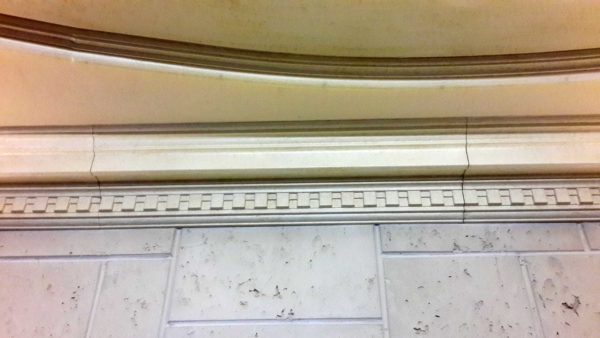
Stucco decoration for the interior made of polyurethane foam is good for everyone ... that's just the cracks
The change in the size of polyurethane stucco molding for the interior becomes noticeable after six months or more. If for some reason you have not glued part of the decor, leaving some details "for later", after a few months you simply will not be able to join them. Even if before everything exactly became and combined. Moreover, the difference will be not only in length, but also in width. The “shrinkage” can be 2-5 mm, depending on the density of the material and the shape / size of the element. Therefore, do not leave any imperfections, mount the entire decor at once.
As it is already clear, due to the "shrinkage" of polyurethane (and also due to different thermal and thermal expansion of the decor and walls / ceiling), cracks appear at the joints of the elements. To reduce cracks, the elements must be joined at an angle of 45 °.We draw your attention: all joints are made at an angle. Not only in the corners. Even if two straight elements are joined - cornices, plinths, moldings - their edges are cut at an angle, increasing the area of the joint. Thus, the amount of glue increases, the strength of the joint increases, it "breaks" less often.
How to glue plaster stucco
Plaster stucco molding in the interior can be more varied, it is possible to make individual decorations or assemble a unique pattern from ready-made small fragments. Gypsum decor is also mounted with glue, but its composition is different. There are also differences in the method of application: before applying the glue, the gypsum fragments are dipped in water for a couple of seconds. Then an adhesive is applied to the surface, and is evenly distributed over the surface with a spatula with fine teeth. Then everything is familiar: we put it in place, press it, leave it to dry.
When installing large fragments of gypsum stucco molding, notches a couple of millimeters deep are applied to their back surface, after which an adhesive is applied. After installation, massive elements are fixed with self-tapping screws. Their number depends on the mass of the fragment and on your desire. All holes are putty, after drying they are sanded. The joints are also sealed, there are no problems with them.
Stucco molding in the interior
Generally speaking, moldings can be divided into two categories: finished décor and custom-made products. Unique decorations are made only of plaster - the technology allows, but the cost of such decor is much higher. Therefore, they often combine - where possible they put parts from mass collections, supplementing them with individual fragments.
There are various types of ready-made decor: plinths, moldings, cornices, columns, semi-columns, pilasters, rosettes, corner elements. These elements are found in polyurethane, foam and plaster collections. Plaster decoration companies usually make some more small details that can complement the standard decoration.
This is not yet an individual production, but it is far from mass production, especially since you can choose the decoration to your liking by combining different elements.
In a classic interior
Stucco decorations are typical for interiors decorated in classical styles. But such rooms should be high and spacious. Then even the most complex decorative designs look organic.
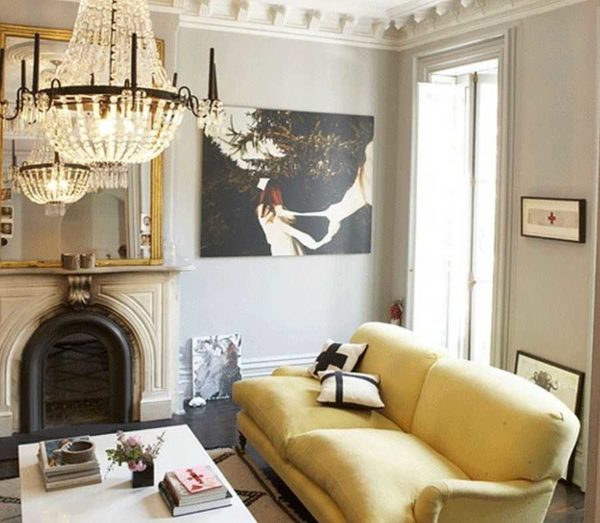
The upper part of the ceiling is decorated with stucco molding, a high plinth is made, and the decoration of door and window openings. Classic fireplace adds charm
Stucco molding and modern interior style
The current pace of life dictates its own rules for interior decoration: everything should be more concise. How, it would seem, can you combine moldings and modern design? Very much even possible. The most common way is to form a corner between the wall and the ceiling with a cornice. It can be wide or not very wide, it can be patterned, ornamented, or just plain with several protrusions. Such decoration fits into most modern interiors.
If the design is not too ascetic, curly elements, rosettes, various decorative panels, cornices and other "things" are quite suitable.
- The stucco rosette on the ceiling looks organic
- A glass partition in a metal frame and openwork stucco molding emphasize each other
- This option can be called "modern classic"
- Combining the incompatible is an art
- This interior tends towards minimalism, but the stucco molding does not spoil it at all
- And another example of the modern sound of stucco decoration
Photo ideas
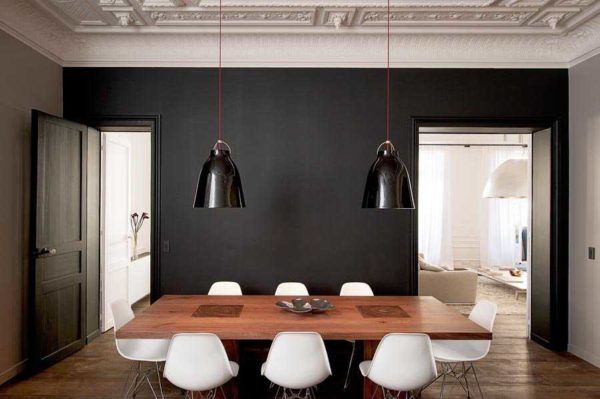
The dining room is traditionally decorated with stucco
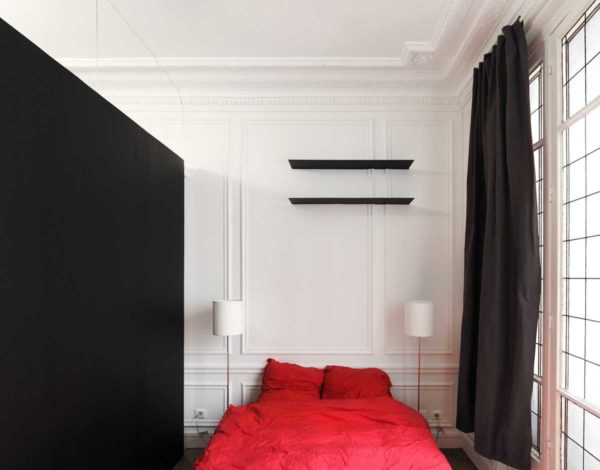
The moldings in the bedroom are more than appropriate. They add softness and intimacy to the environment.
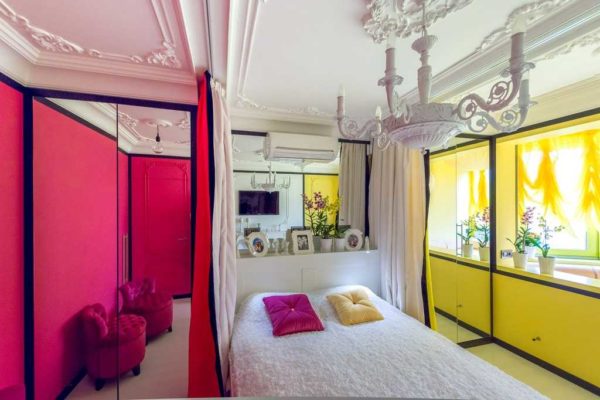
Bright bedroom decorated with stucco decoration
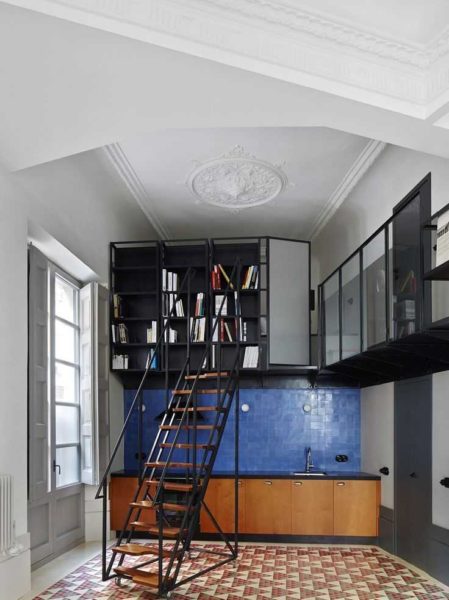
Kitchen-studio and stucco ...
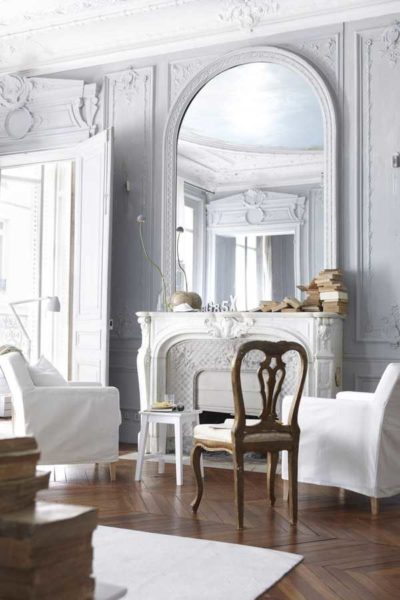
Stucco molding of mirrors - a classic technique
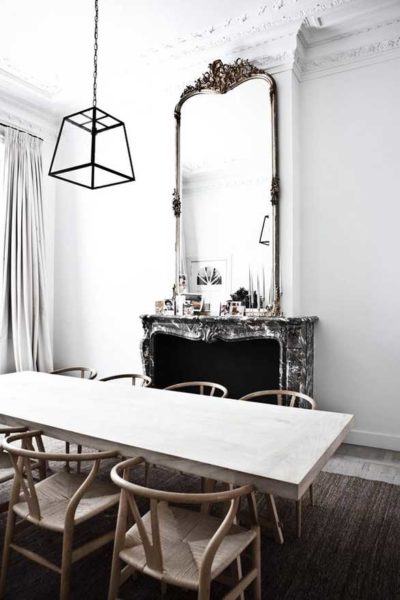
Main focus on multi-tiered cornice
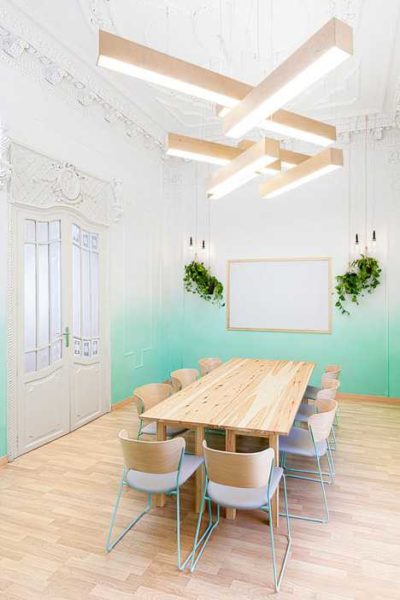
Combination of classic and conceptual elements

